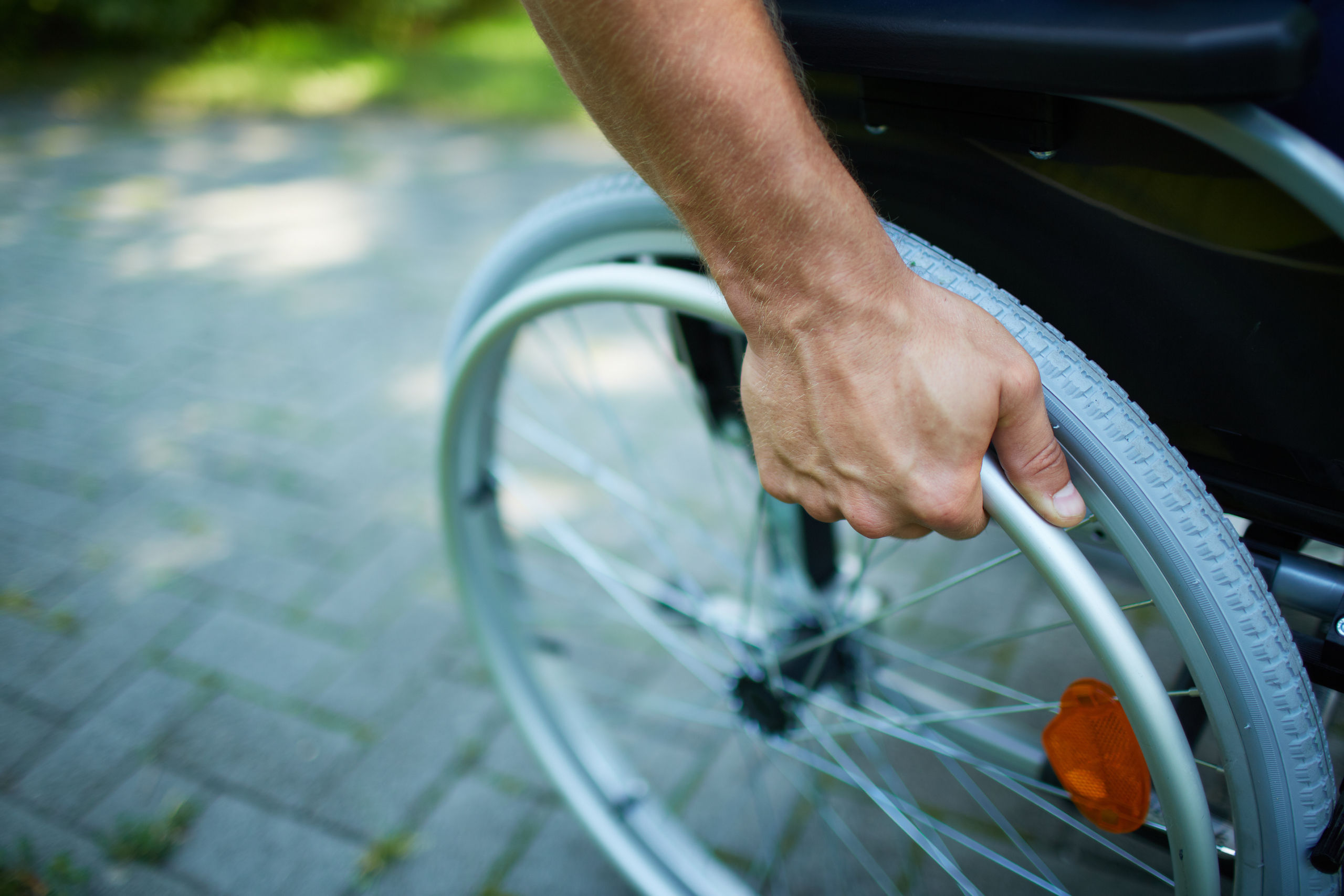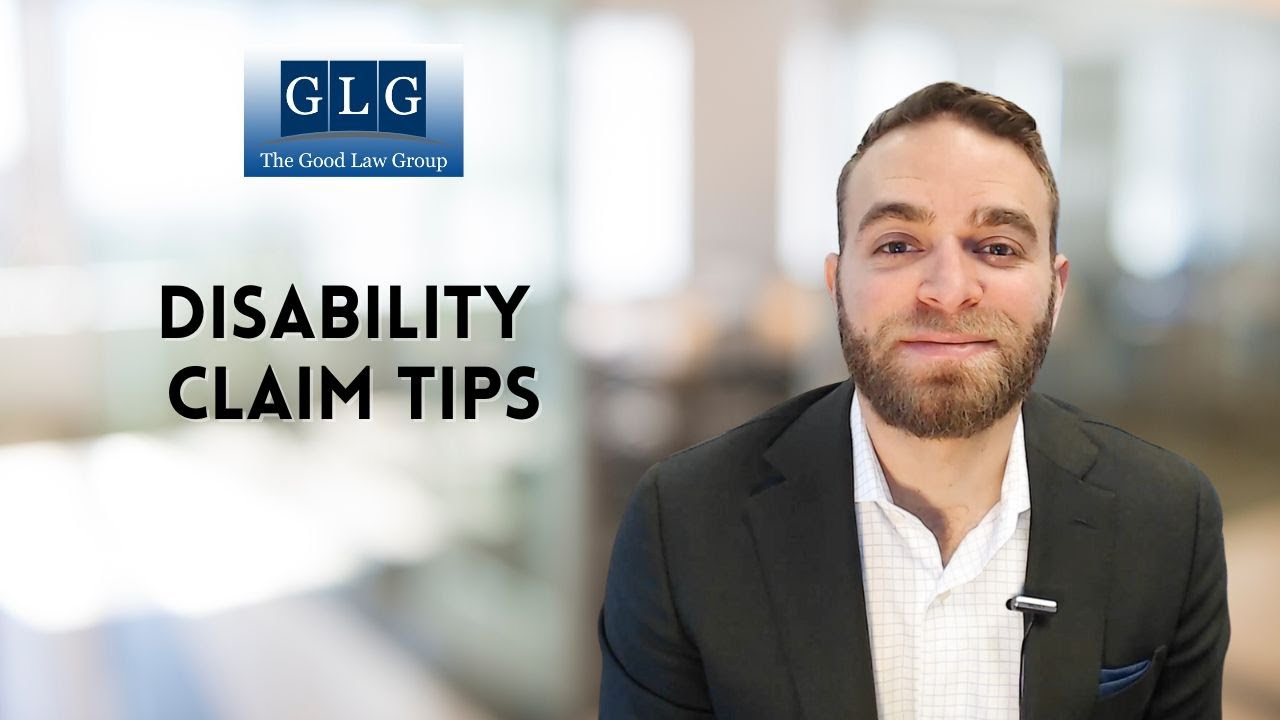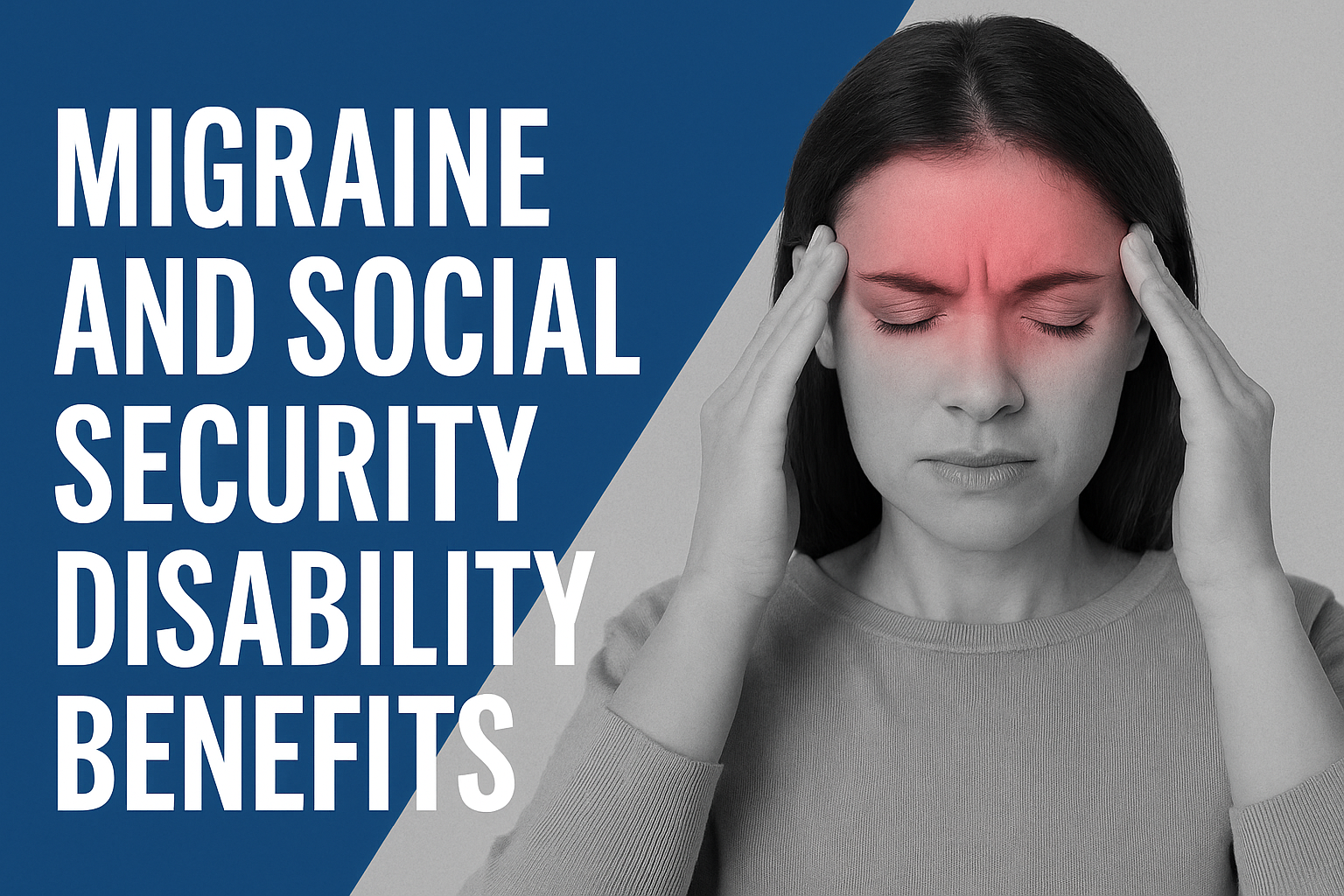According to the Centers for Disease Control and Prevention, in 2018 24.8 million Americans sought medical treatment due to an accidental injury, while another 97.9 million visited the emergency room for treatment.
The most common non-fatal accidental injuries are fall-related, which account for 33% of emergency room visits. Being struck by or against something was second, at 11%; while motor vehicle accidents account for 8% of all non-fatal emergency room visits.
Many of these accidental injuries lead to short- and long-term disabilities. In fact, 25% of 20-year-olds can expect to be out of work for at least one year or more due to a disability, potentially making them eligible for social security disability insurance benefits.
Here are some of the common accidental injuries that can result in disabilities.
1. Back and neck injuries
Back and neck injuries are the most common cause of chronic, persistent pain, with 8% of the United States adult population suffers from these types of injuries. That’s 16 million people. But just because back and neck injuries are common doesn’t mean qualifying for social security disability benefits with one is easy.
For one, most people experience back pain at some point in their lives, whether due to an isolated injury or the natural aging process. Rating pain is also subjective – one person’s Level 3 is another person’s Level 10 – which makes it difficult to accurately determine whether the injury and associated pain truly are sufficient to interfere with the ability to work.
The chance of being approved for SSD benefits for back pain improves if it’s related to a medical condition that affects the spine, such as nerve root compression, spinal arachnoiditis, or spinal stenosis. If none of those apply, you will need to prove that the back pain and its effect on your ability to perform job-related tasks meets or exceeds a listing in the Social Security Administration’s Blue Book, which includes more than 100 medical conditions that meet the SSA definition of disability.
2. Spinal cord injuries
Spinal cord injuries can be caused by a fall, car accident, or another event that damages the spine. Severe spinal cord injuries can lead to partial or total paralysis, which may prevent a person from working. Spinal arachnoiditis and spinal stenosis are conditions that can develop over time following a spinal injury.
Eligibility for SSD benefits based on a spinal cord injury requires proof that you’ve experienced any of the following for three consecutive months following the injury:
- Complete loss of function.
- Difficulty using at least two limbs, which interferes with the ability to stand from a seated position or balance without assistance.
- Limitations in physical functioning and problems with memory, understanding, concentration, interacting with others, or self-management.
3. Broken bones
Broken bones or fractures are extremely common injuries that can be caused by a slip-and-fall, car accident, or fall from a ladder. They are even more common (and often more debilitating) in people over age 50. Most of the time, broken bones heal relatively quickly and, though maneuvering on crutches or having an arm or leg in a cast or sling makes doing everyday tasks difficult, it won’t result in long-term disability.
In some cases, however, whether due to the severity of the break or the healing process, broken bones can result in a permanent or long-term disability that interferes with the ability to work. Broken bones can lead to arthritis, may require extensive rehabilitation to resume function after the breaks have healed, make a person unable to walk without the use of crutches, a walker, or a wheelchair, or interfere with their fine or gross motor skills.
4. Traumatic brain injury
Traumatic brain injuries are caused by a sudden injury to the head that damages the brain, such as a blow or bump experienced in a car accident, fall, or sports accident (think contact sports like football). The effects of a TBI can be mild to severe and result in short- or long-term issues.
To qualify for SSD benefits due to a traumatic brain injury, you must prove that you suffered from either of the following for three consecutive months following the injury:
- Difficulty using at least two limbs, which interferes with the ability to stand from a seated position or balance without assistance.
- Limitations in physical functioning and problems with memory, understanding, concentration, interacting with others, or self-management.
5. Amputation
If an injury or illness requires the amputation of one or more limbs, it may be possible to qualify for SSD benefits. The SSA doesn’t consider the reason for the amputation when determining eligibility; whether it was the result of a car accident or uncontrolled diabetes, the evaluation is the same.
To qualify for SSD benefits following an amputation, at least one of the following must apply:
- Both arms must have been amputated above the wrists.
- A portion of the pelvis was amputated (hemipelvectomy).
- At least one arm was amputated, resulting in an inability to walk without assistance or engage in work-related fine and gross motor tasks.
- At least one leg was amputated and cannot be fitted with a prosthesis, resulting in an inability to walk without assistance.
6. Burns
Each year 1.1 million Americans suffer burns that require medical attention. Most of these will not be disabling enough for the victim to qualify for SSD benefits. However, if the burns cause extensive skin lesions that seriously limit your ability to use one or more limbs, walk, or perform job-related fine motor tasks, you may be eligible for benefits if the limitations are expected to last more than 12 months.
Burns can often lead to other health conditions as well, such as heart, lung, or kidney problems. When applying for SSD benefits due to burns, the SSA will evaluate any other conditions along with the burns to determine eligibility. If one of these conditions alone is insufficient to qualify for SSD benefits, their collective impact may meet or exceed an individual listing and result in an award of benefits.
If you’ve suffered an injury and are unable to work, call us at 800-419-7606 to schedule a free case consultation. If we accept your case, there is no fee unless you are awarded benefits.









